Ecological Recovery Monitoring Project
The ABMI’s Ecological Recovery Monitoring (ERM) Project assesses ecological recovery of certified reclaimed oil and gas wellsites.
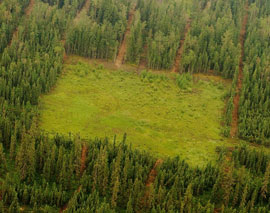
About the Project
To understand the ecological status of reclaimed wellsites in Alberta, the ABMI’s Ecological Recovery Monitoring (ERM) Project is designing a long-term monitoring program. The program will assess ecological recovery of certified reclaimed oil and gas wellsites across the province and determine how long wellsites in different types of ecosystems take to recover and become functioning ecosystems.
Land is disturbed when oil and gas well pads are built and maintained: vegetation and soil are removed and soil is compacted, changing the way water moves across the landscape. After a wellsite has been closed, in order to obtain a reclamation certificate, the company leasing the land must reclaim it according to the reclamation criteria set by the Government of Alberta.
Reclamation is a complex process and the recovery of ecological function continues long after an oil or gas company has been issued a reclamation certificate for their reclaimed wellsite.
There are a significant number of wellsites present across the province: almost 400,000 have been drilled to the end of 2012 (AEP), and more are being drilled every year. To effectively manage Alberta’s land use and to ensure that wellsites are returning to functioning ecosystems, it’s essential to have an understanding of their ecological recovery. Albertans need to understand the capacity of these reclaimed wellsites to produce crops, forage for livestock, merchantable timber, wildlife habitat, and other desired environmental outcomes. Until the ERM project, there hasn’t been a program to revisit those sites to collect ecological information.
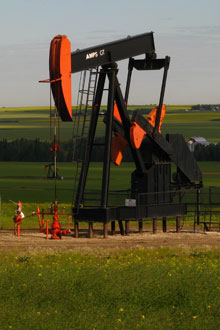
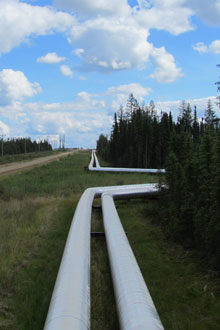
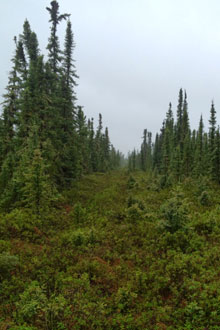
Our Approach
How do we assess ecological recovery?
Oil and gas wellsites are found in all natural regions in Alberta. With an understanding that rates of ecosystem recovery differ between natural regions, the ERM team has piloted protocols at numerous sites in Alberta’s grasslands, boreal forest, and foothills, and will next survey in cultivated lands.
We assess ecological recovery by sampling and measuring soil and vegetation on the wellsite, which tell us the present condition of the ecosystem. We then sample and monitor the same soil and vegetation indicators at nearby reference sites where the land hasn’t been disturbed by industrial activity, and compare the two sets of samples to see how the wellsite is recovering. Unmanned aerial vehicles (drones) are also being used to collect data from above, and we are experimenting with acoustic recording units to monitor birds and other audible species.
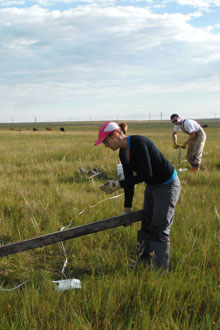
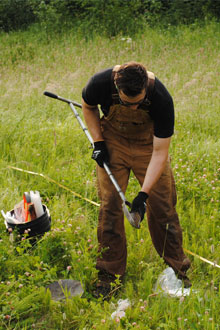
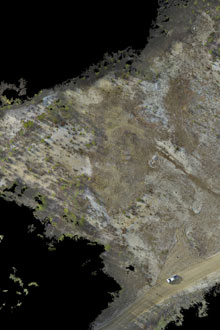
Preliminary Results
Assessment of the data collected in the dry mixedgrass showed that, even 30 years post-certification, sites had not yet fully recovered. Wellsites had lower species richness, diversity and plant cover compared to reference sites. Wellsites also had more non-native species than reference sites.
Project Impact
This project will help to fill the current knowledge gap and will provide Albertans with a better understanding of how wellsites recover after they have been reclaimed, and what factors may potentially impact their rates of recovery.
Once the long-term monitoring program for reclaimed oil and gas wellsites is operational, we intend to expand to other industrial disturbed lands, including pipelines, seismic lines, access roads, mines, plant sites and sand and gravel quarries.
The ABMI is excited to be at the forefront of developing this long-term monitoring program that will help to establish baseline knowledge about ecosystem recovery and functioning.
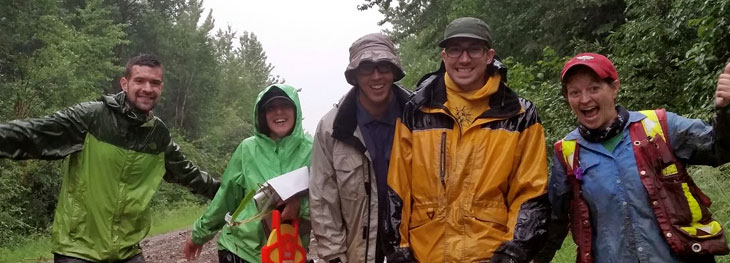
The ERM project is led by the ABMI in collaboration with InnoTech Alberta and the University of Alberta. Funding is provided through the Environmental Monitoring and Science Division of Alberta Environment and Parks. Previous funding was provided by AEMERA, Alberta Environment and Sustainable Resource Development’s Land Monitoring Team, and the Alberta Upstream Petroleum Research Fund.
More questions? Feel free to contact:
Monica Kohler
Acting Co-Director of the Application Centre
587-390-8709
mkohler@ualberta.ca
Dr. Anne McIntosh
Ecologist
anne.mcintosh@ualberta.ca